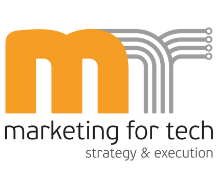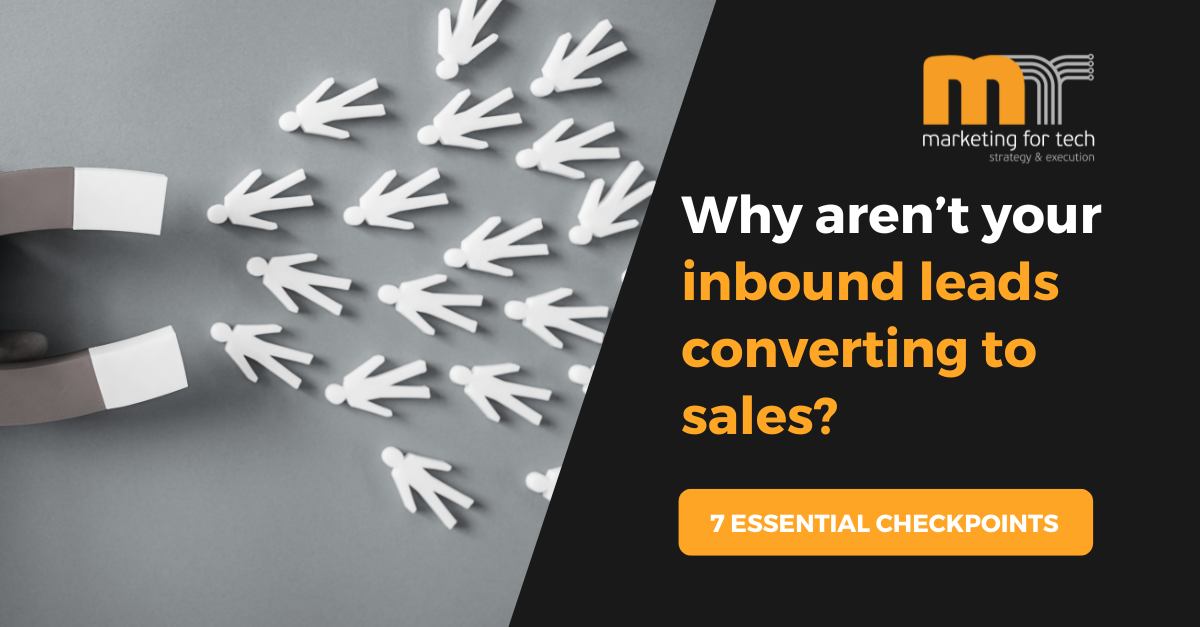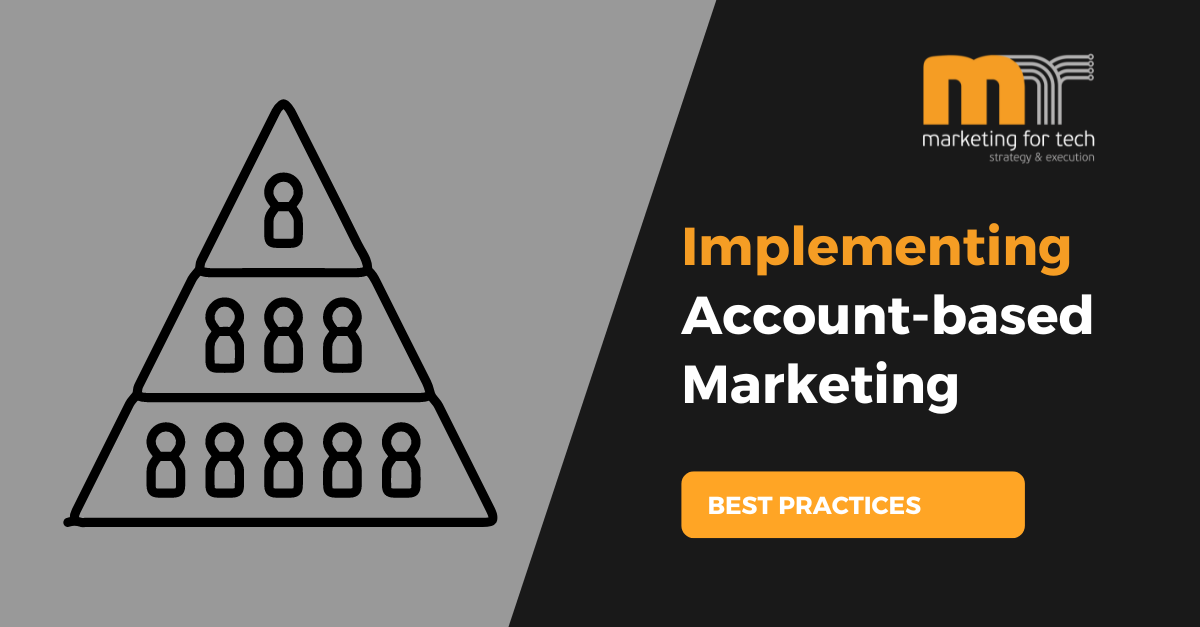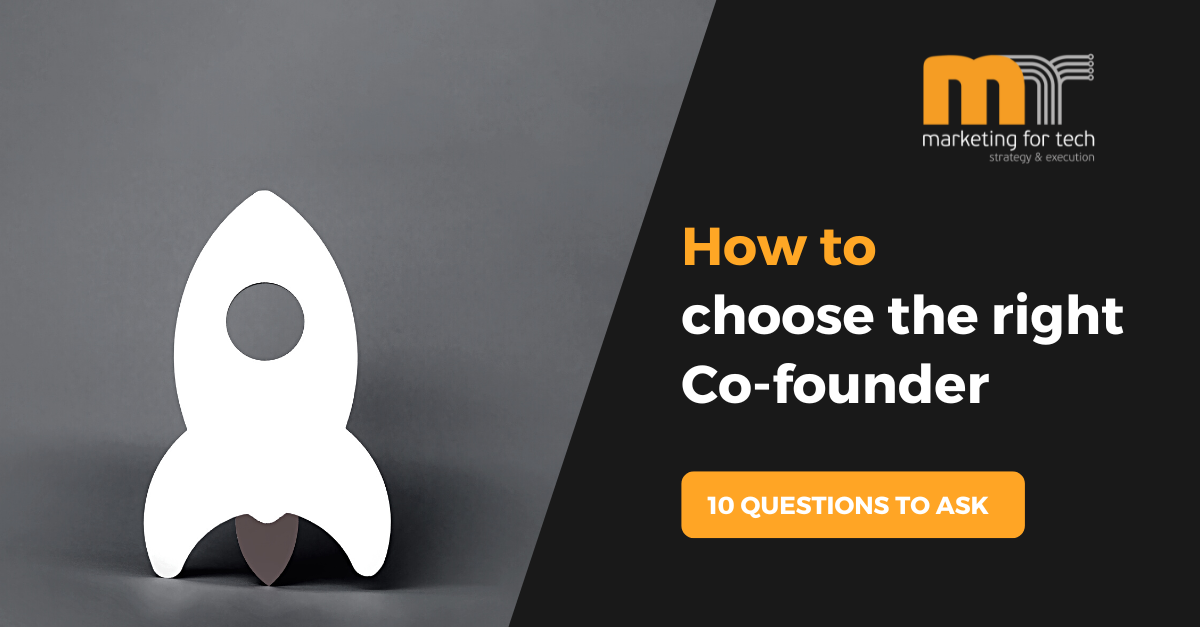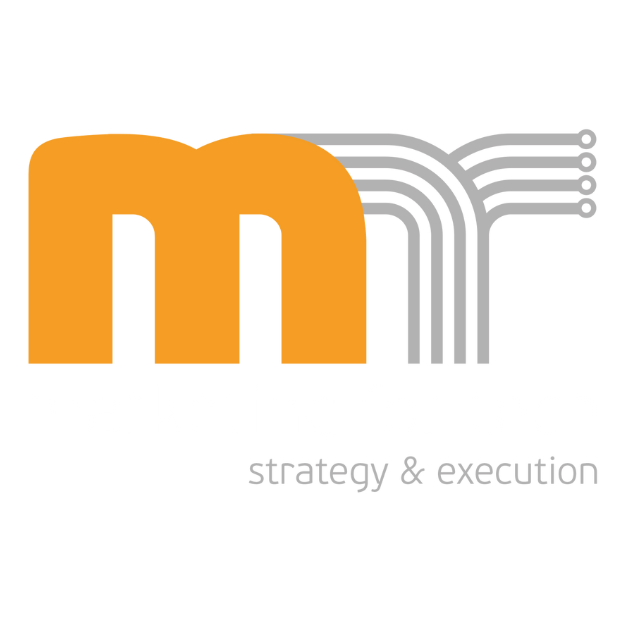The Power of Product-led Growth
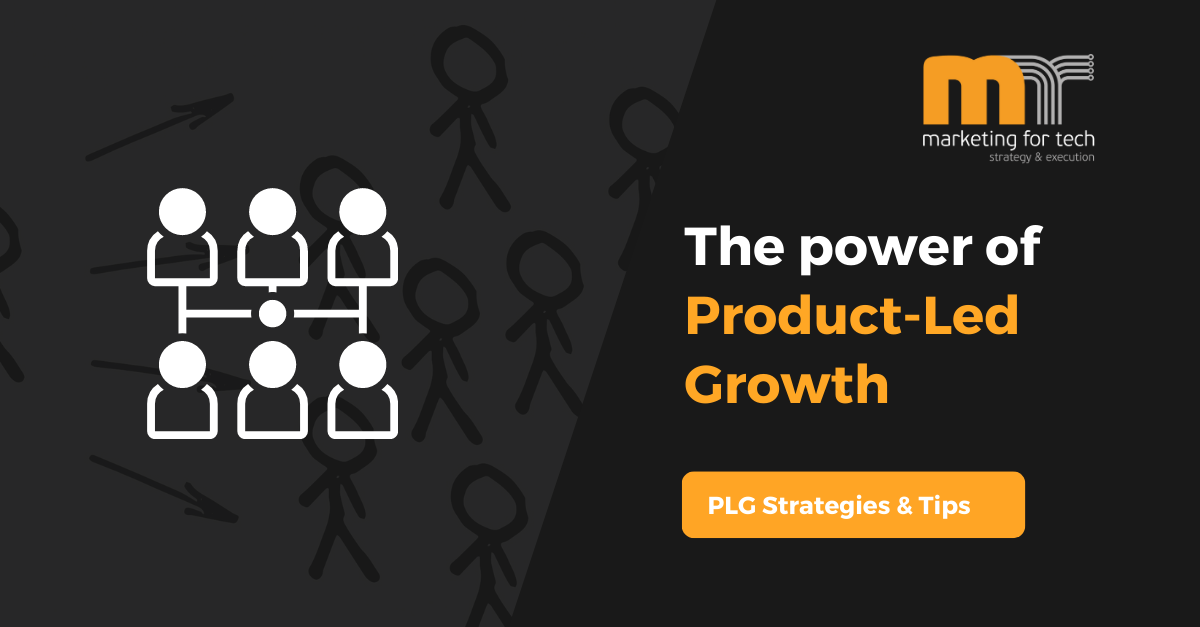
Product-Led Growth (PLG) is a business strategy that puts the product at the forefront of driving customer acquisition, adoption, and retention. The product itself becomes the primary catalyst for growth, instead of the traditional sales and marketing methods. PLG centers around the idea of allowing users to experience the product's benefits firsthand, creating a self-serve environment that encourages organic growth through referrals, upsells, and strong user engagement. In the technology sector, PLG has emerged as a transformative strategy that can help companies scale. Slack, Zoom, and Dropbox are three examples of companies that experience massive product-led growth, leading to widespread adoption and subsequent expansion into paid plans.
In this article, we explore what PLG is, discuss its applicability to different technology companies, and provide best strategies for implementing PLG.
Is PLG the right strategy for all technology companies?
While PLG can bring advantages to various technology companies, it is particularly beneficial for those with intuitive and self-explanatory products. Software-as-a-Service (SaaS) companies, consumer apps, and platform businesses can leverage PLG to a great extent. These types of companies often have products that can be easily adopted and deliver immediate value to users, making PLG a natural fit.
Product-Led Growth Strategies
Streamlined Onboarding:
First impressions matter. A seamless and intuitive onboarding experience is crucial to engage users from the moment they interact with your product. Utilize interactive tutorials, tooltips, and step-by-step guidance to help users understand the core value proposition and swiftly navigate the product's key features. Aim to strike a balance between providing essential guidance and allowing users to explore and discover value independently.
Freemium or Free Trials:
Offering a free version or adopting a freemium model gives users a taste of the product's capabilities. By providing users with a glimpse of your product's capabilities, you can showcase its value and build trust. Ensure that the free version provides genuine utility while leaving room for users to upgrade to a paid plan for more advanced features or additional resources.
Intuitive User Experience: Invest in creating an intuitive, user-friendly interface that enhances the overall user experience. Regularly gather user feedback and conduct usability tests to identify pain points and refine your product's user experience. Strive for simplicity, minimizing unnecessary complexity and friction.
Viral Loops and Referral Programs:
A viral loop refers to a self-reinforcing cycle that occurs when users of a product or service invite and onboard new users, leading to exponential growth. It involves leveraging the existing user base to organically acquire new users through word-of-mouth referrals or other viral mechanisms. Implement mechanisms that encourage users to refer others to your product. Incentivize referrals with rewards or exclusive features, leveraging the network effect to drive organic growth.
Upselling:
Seize opportunities to upsell and expand within your product. Leverage in-app notifications, personalized recommendations, and contextual messaging to highlight premium features or upgrades that align with the user's needs and enhance their experience. Proactively demonstrate how the enhanced offering can solve their pain points or unlock additional value.
Data-Driven Iteration: Utilize data and analytics to gain insights into user behavior, preferences, and pain points. Look at metrics such as acquisition, activation, usage, retention, and revenue. Continuously iterate and improve the product based on user feedback and quantitative data.
Self-Service Support: Develop comprehensive self-serve support resources, such as knowledge bases, tutorials, and FAQs, to empower users to find solutions independently. Automated chatbots and AI-powered support systems can offer immediate assistance and reduce friction in the support process.
Build a Thriving Community:
Create a sense of belonging and facilitate knowledge sharing by nurturing a community around your product. Establish forums, online communities, or social media groups where users can connect, share experiences, and offer feedback. Encourage user-generated content and facilitate interactions that foster a vibrant ecosystem centered around your product.
Customer Engagement and Education:
Engage users regularly through personalized emails, in-app notifications, and valuable content. Provide resources such as webinars, case studies, and best practices to help users maximize the value they derive from your technology product.
Proactive User Activation and Retention:
Actively monitor user activity and identify potential churn risks or inactive users. Define key activation metrics and design targeted campaigns to re-engage users, ensuring they experience the full value of your product. Implement personalized outreach and provide resources tailored to specific user segments to drive long-term retention.
Product-led growth offers a powerful framework for scaling your business. It can be an impactful strategy for technology companies, leveraging the product itself as the primary driver of growth.
